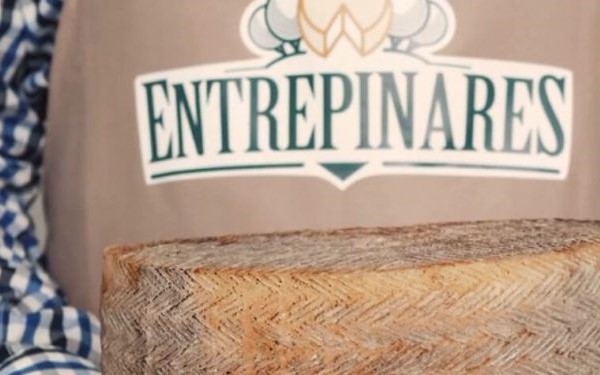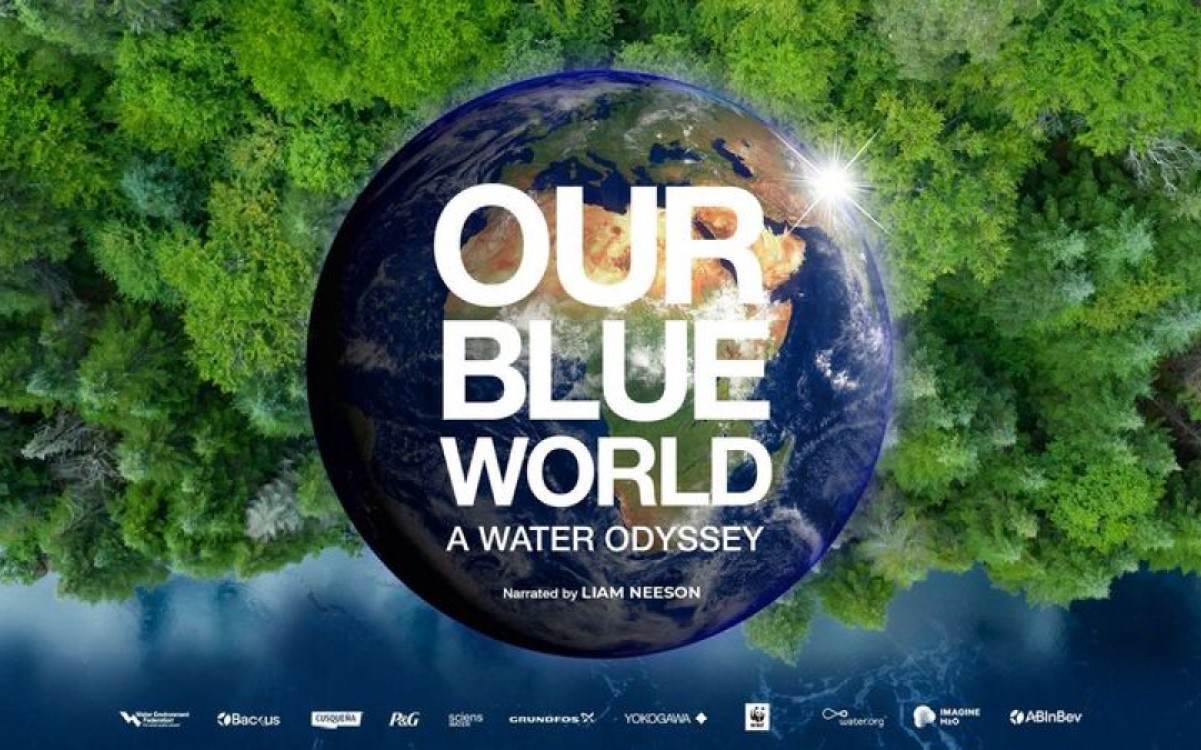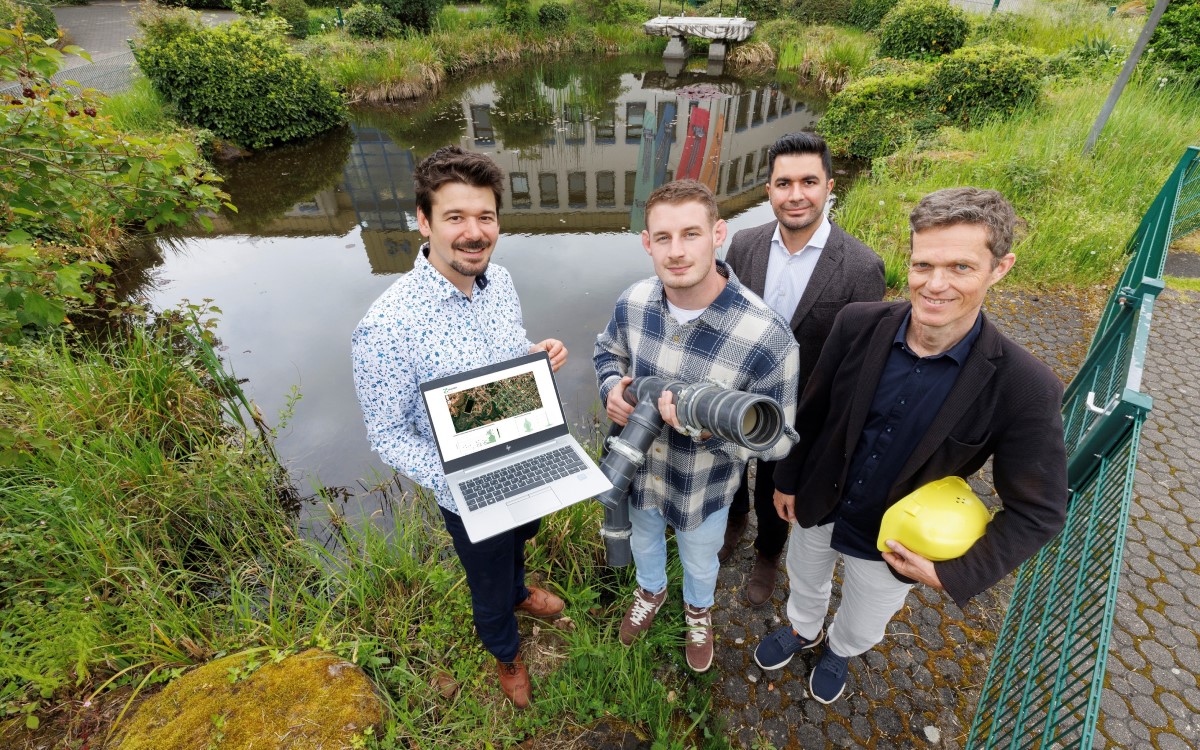29 March 2023 | Tetra Pak has brought forward an innovative water recirculation technology to tackle the intensive water use in the cheesemaking sector. Its pilot project in Entrepinares Spanish plant has achieved 40% water savings, which is significant considering how in water-strained Spain, each drop counts.
Tetra Pak underscores that water scarcity and managing residual water are great challenges in the dairy industry. Therefore, their solution alleviates the pressure in both local water resources and wastewater systems.
Closing the water circle
A spokesperson for Entrepinares and Tetra Pak tells FoodIngredientsFirst about the inverse osmosis process, which uses nanofiltration with special membranes to boost water purification.
“The high potential of this technology is the real closing of the water circle inside the cheese production line. Customers can recover water from products in other cases they will need to treat as a waste,” says a spokesperson for both companies. “So you have two benefits, the water’s substitution of the inlet fresh water and the reduction of the post-treatment of waste.”
Entrepinares explains that previous water solutions didn’t reach the necessary legally required water quality index, as the quality was not ideal for recirculation or the solution was too energy intensive.
“The technical solution is modular and adaptable for the final product quality and flow rates customers will need,” explains the spokesperson.
“For the first time and in water scarcity conditions [in Spain], we are obtaining optimal water within the legal indicators of water quality and potability for its reuse in the industrial process,” explains Javier Fernández, responsible for processing at Tetra Pak.
Milking each liter of milk
Javier Gato, director of Tetra Pak, explains:
“Each liter of milk is used and revalued. On the one hand, the extraction process of powdered whey is optimized as a high-value ingredient for food, mainly animal feed, and other applications, such as its use in cosmetics and confectionery, and, on the other hand, it re-includes regenerated and purified water in the production cycle.”
Other than for the cheese sector, “it can also be used in processes in which product permeate or whey as waste subproducts,” explains the spokesperson for Tetra Pak and Entrepinares.
Upcycling dairy
Amid price pressures and supply chain issues, transforming food that would have otherwise gone to waste becomes ever more important for companies to remain competitive and reach their sustainability goals.
Last month, Arla Foods told FoodIngredientsFirst that whey ingredients are considered the ultimate in upcycling, with the potential to be used in animal feed, bio-based products and bioenergy. The same article shares how, in November, a study commissioned by Kerry revealed that upcycled cheese powder delivers impressive environmental benefits without compromising on taste. The product carbon footprint showed that upcycled cheese powders are 45% lower in greenhouse gas emissions than standard cheese powder and reduce food waste.
Upcycling has even reached the alternative dairy sector, with Kern Tec using upcycled apricot kernels in its yogurt.







